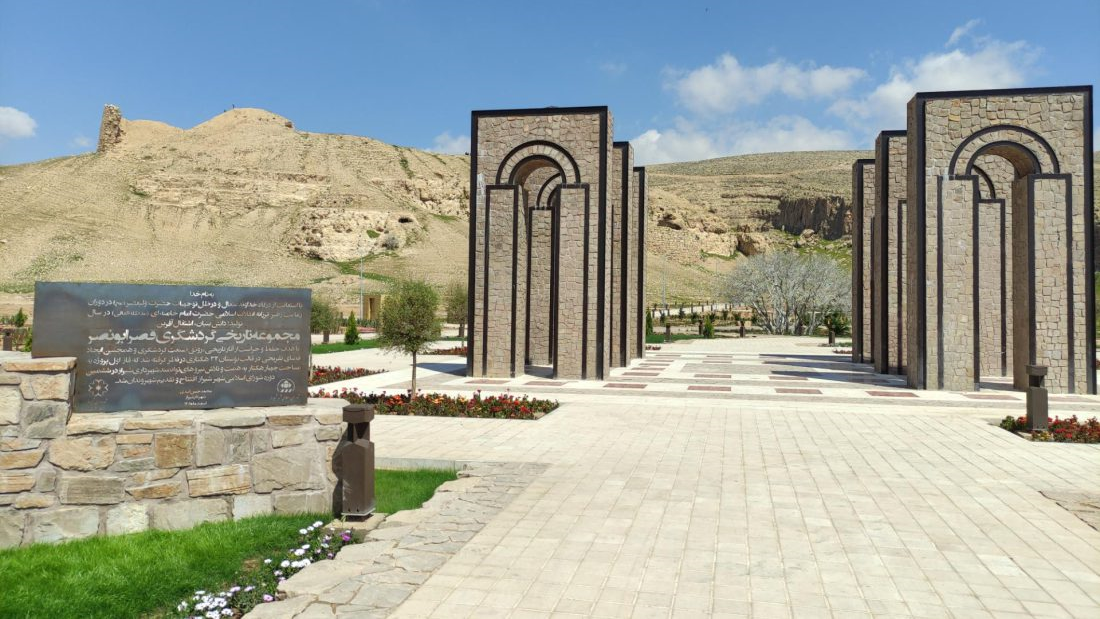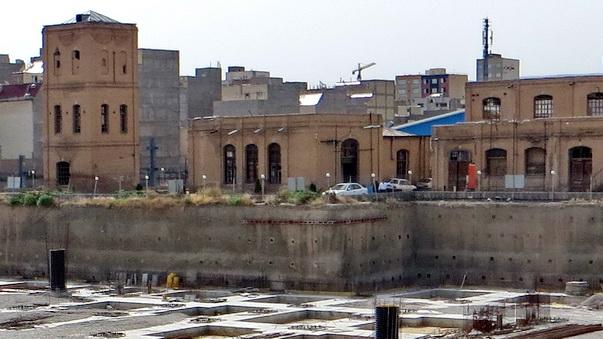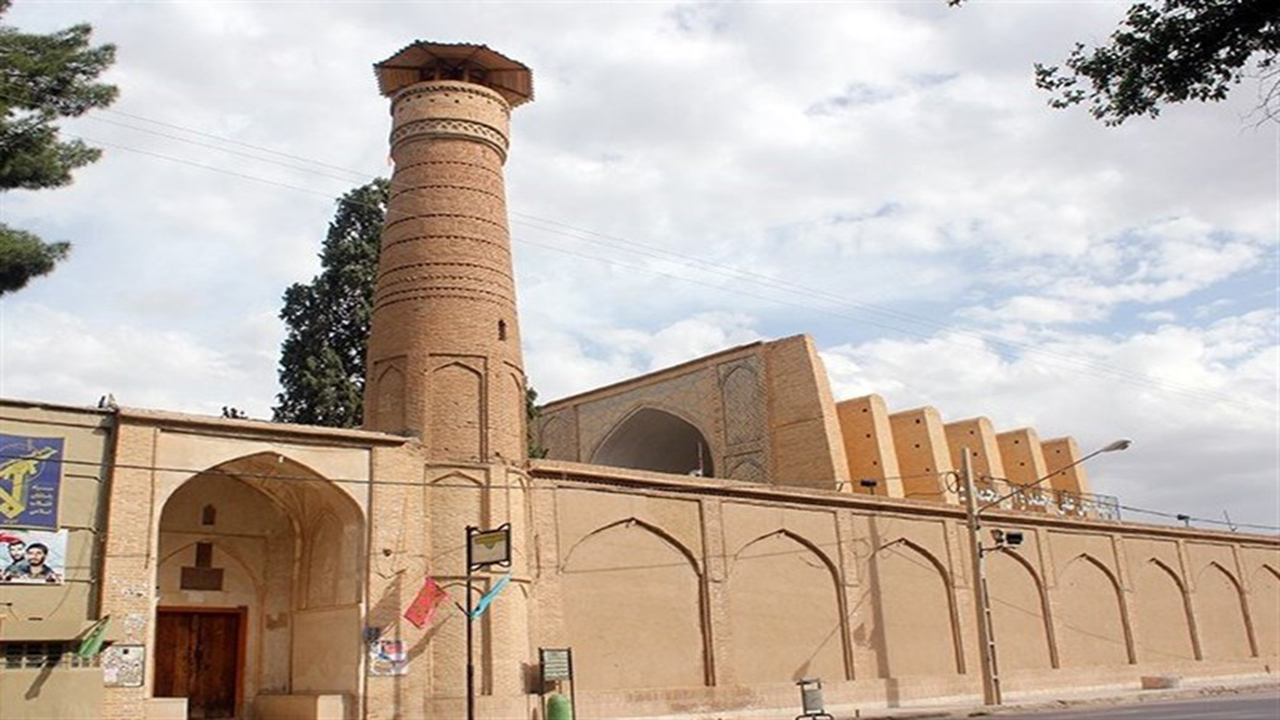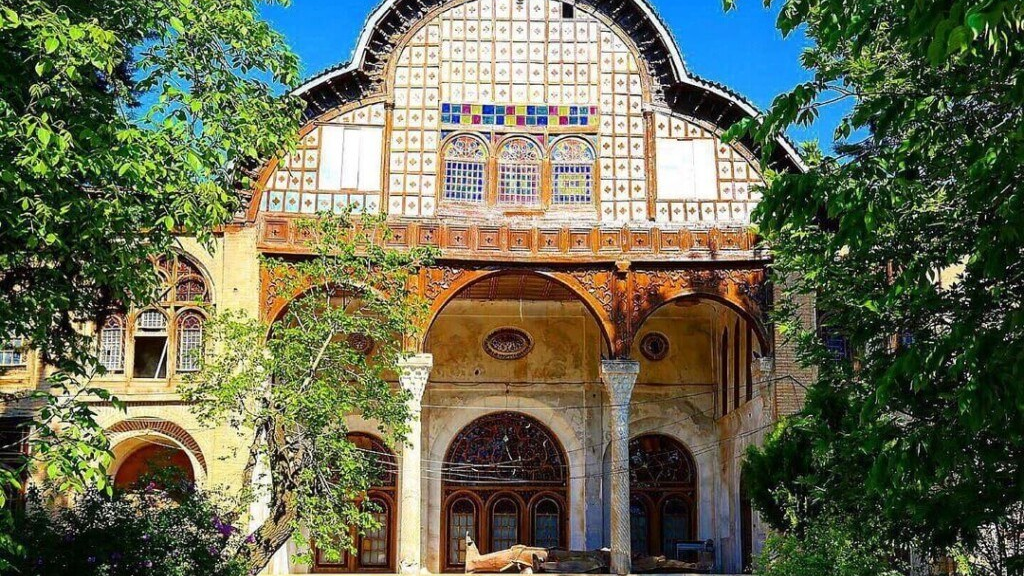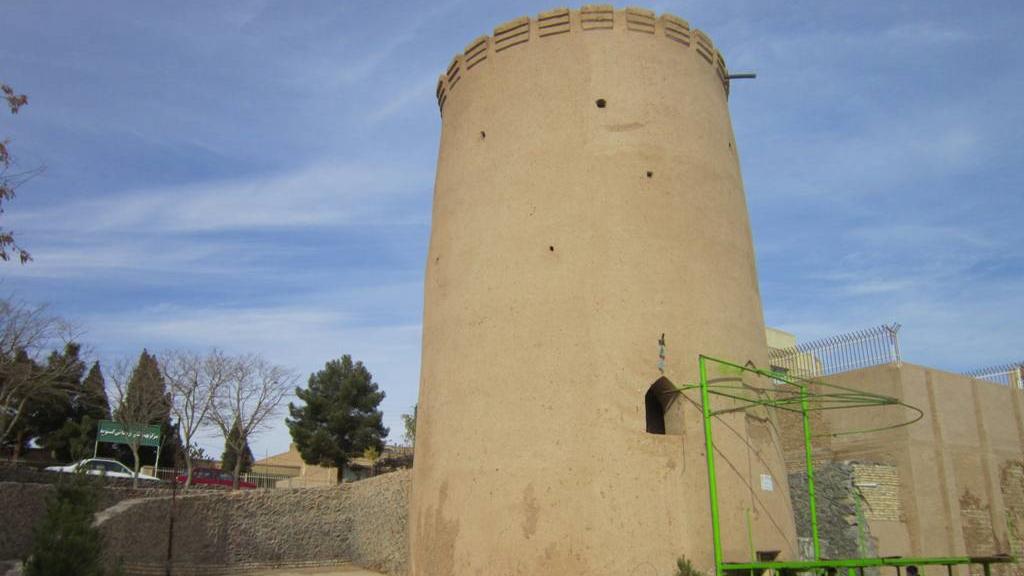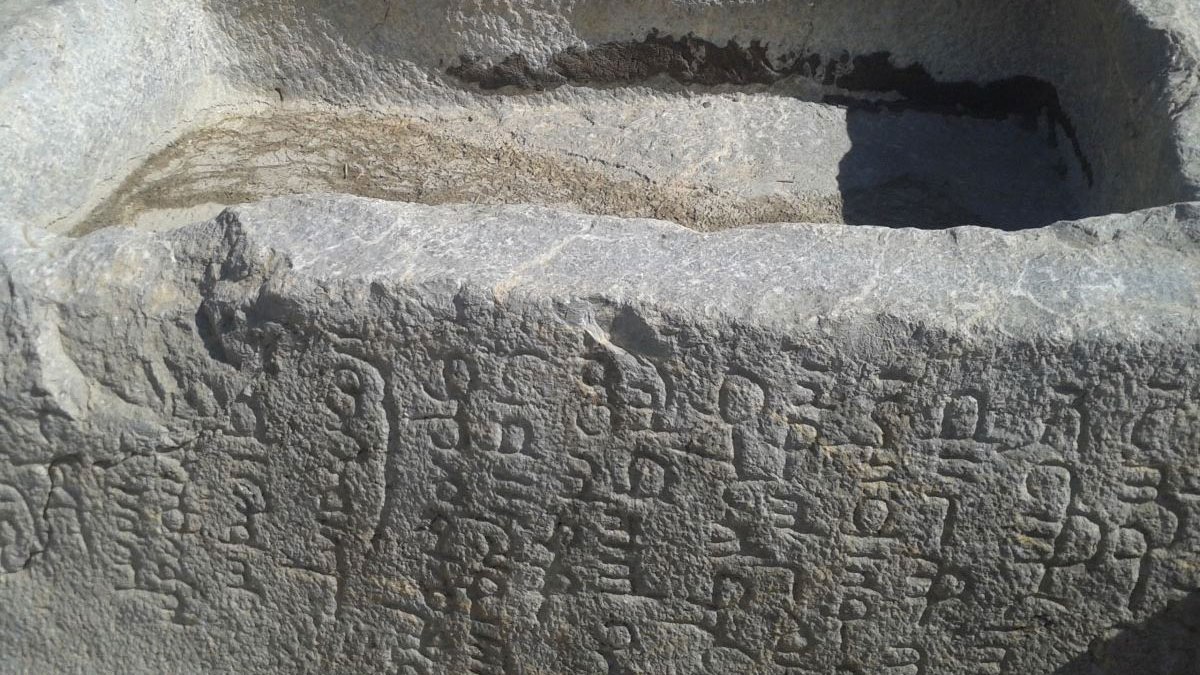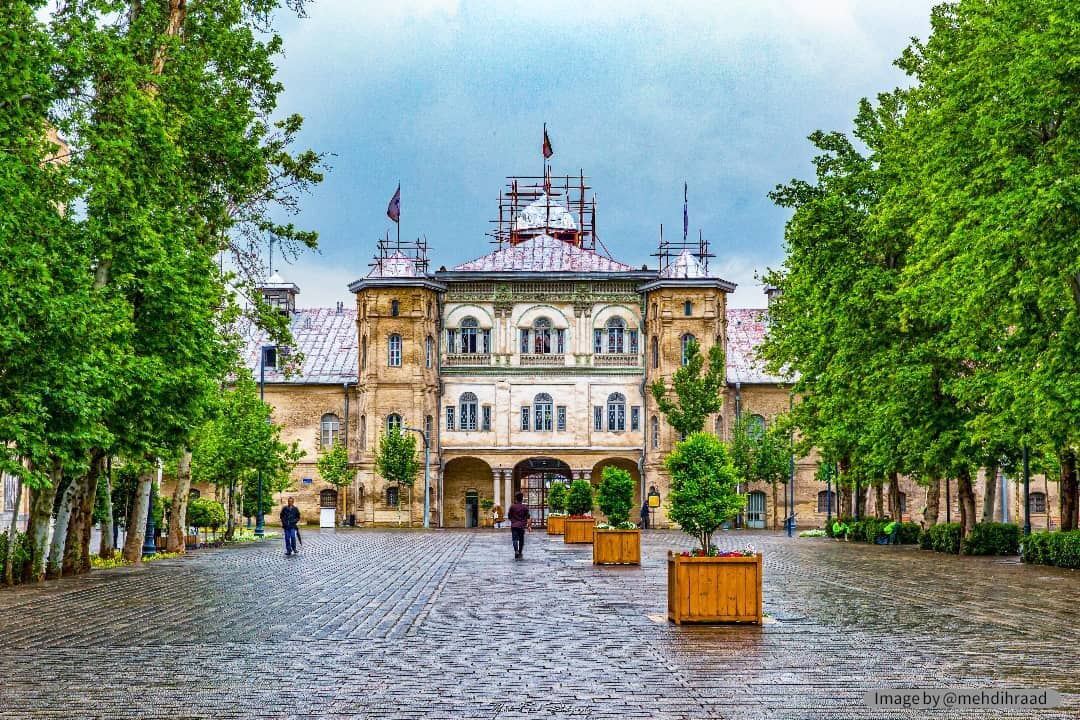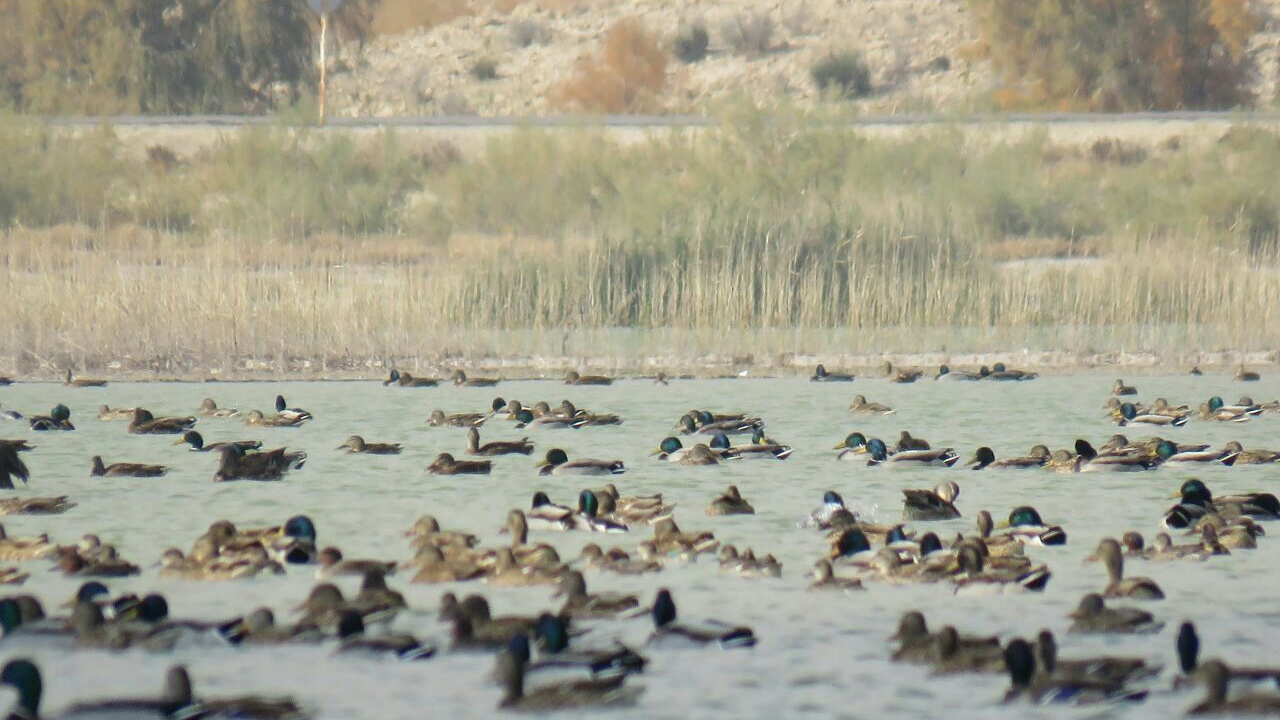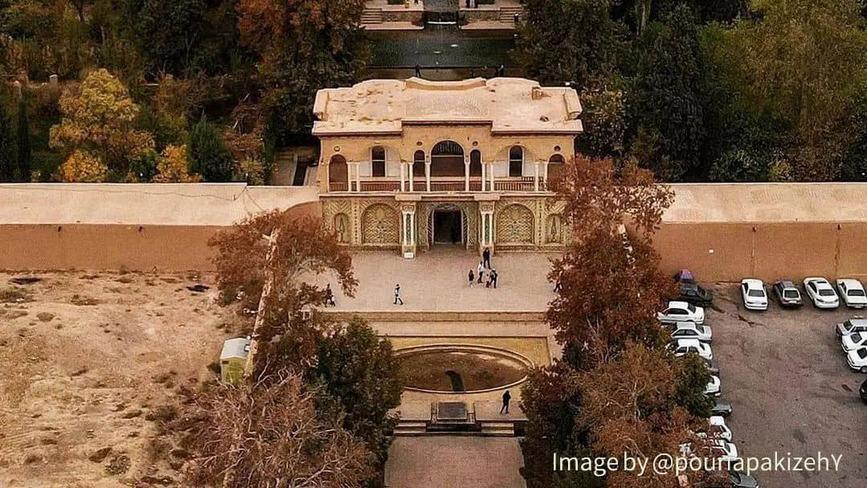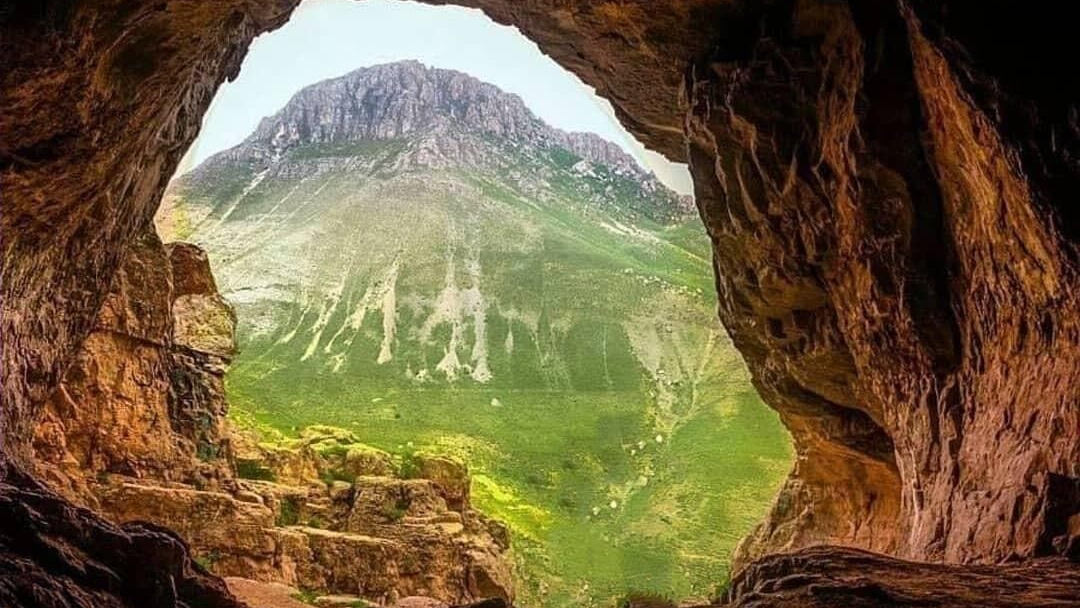
Qatram Village
The modern lifestyle tends to be more urban, in which the village has lost the dignity and place it had in the past. Like in the past, even today the village is a place for hardworking people who spend their time in agriculture, animal husbandry, and other work activities related to nature. Life in the village is mixed with effort and hard work, but one aspect of it that cannot be found in the city is vitality, peace, and freshness.
Instead of choosing cities as a tourist destination, many tourists are interested in foregoing the comfort of touring cities and going to the village so that, in addition to the short experience of living in the village, they can return to the main essence of human beings, which is mixing with nature. In the meantime, there are some villages that make this experience more enjoyable; the villages that have been selected as a model village for tourism and have an ancient history in addition to their attractive nature. Qatram Village is one of these villages; a village that shines like a green gem in the heart of the desert.
Where Is Qatram Village Located?
Yazd province has an area of more than 76 thousand square kilometers, and in terms of size, it ranks eighth among the provinces of Iran. The desert climate of the province has led to the formation of scattered settlements in it. Qatram Village is located in Bafq County and at the east of this province. Bafq is famous in Iran for having rich mineral resources and several green villages, including Qatram. These villages are mainly formed as a separate settlement in the heart of the desert and their greenness is due to the existing springs and qanats. Qatram Village is located on the western slopes of the Bajgan mountains, south of Bafq city in a mountain valley. The distance between Qatram Village and Bafq City is about 43 km.
Features of Qatram Village
Unlevel and stepped roofed alleys, next to the stone walls of the gardens, houses with short and small entrance doors, and winding alleys are some of the features that distinguish Qatram Village from other villages of Yazd Province. The terraced structure of the houses in the village has caused some people to compare it with Masuleh in the north of Iran and call Qatram “Masuleh of Yazd”. The alleys of the village are roofed to protect them from the heat of summer and the heavy snow of winter. Probably, the old residents of the village also had security and protection aspects in mind.
The height of the village is about 1500 meters above sea level. The formation of the village in the east-west direction is proportional to the geographical features of the valley. Most of the people of the village are engaged in agriculture and horticulture, however, some residents work in the mines of the city. There is a spring six kilometers from the village, the water of which passes through the middle of the village in the form of a stream and is the main source of its water.
Qatram is surrounded by several mountains as if these mountains are a natural fence that protects Qatram from the harsh and biting nature of the desert. A part of these mountains has been eroded over time and turned into a pile of mortar. The villagers call this special shape of the mountain “Joghan”. These mountains are very suitable for rock climbing.
The special conditions of the village have made it possible to grow both tropical plants such as dates and pistachios, as well as walnuts and almonds, which are compatible with humid and cold areas. The climate of the village is such that the change in temperature and the circulation of the seasons can be felt within a short distance! Various species of animals such as goats, wild goats, sheep, rams, partridges, and see-see partridges have been seen in Qatram. Also, fig, cumin, and prunus scoparia are among the native plants of the village.
Some people believe that due to the existence of an old cemetery at the entrance of the village, the longevity of Qatram dates back to five thousand years ago. It seems that the choice of this place as a settlement was also due to the protective function of the mountains. In other words, the mountains were considered an important factor in maintaining the security of the village against the invaders. There are several old water dams in the village, which can be attractive for nature tourism along with many springs.
The dialect of the people of this village is different from the dialect of the people of Bafq City. This feature makes this village attractive for anthropological and linguistic studies. The people of this village spend their free time playing some local games such as go-game, chafteh, and charcoal game, which are considered the old entertainment of its inhabitants. A ritual called “Talu Gardani” also has a history in this village, which is performed to pray for rain. In this ritual, one of the youth or teenagers of the village is chosen as “Talu”. He takes a bell in his hand, goes to the door of the people’s house, and asks them to grant him their offerings. These offerings can be in cash or in kind, such as chocolate or food.
Located in the desert province of Yazd, the four-season Qatram Village is a miracle of nature where one can feel the change of seasons by walking a short distance.
| Name | Qatram Village |
| Country | Iran |
| State | Yazd |
| City | Bafq |
| Type | Natural |
| Registration | National |

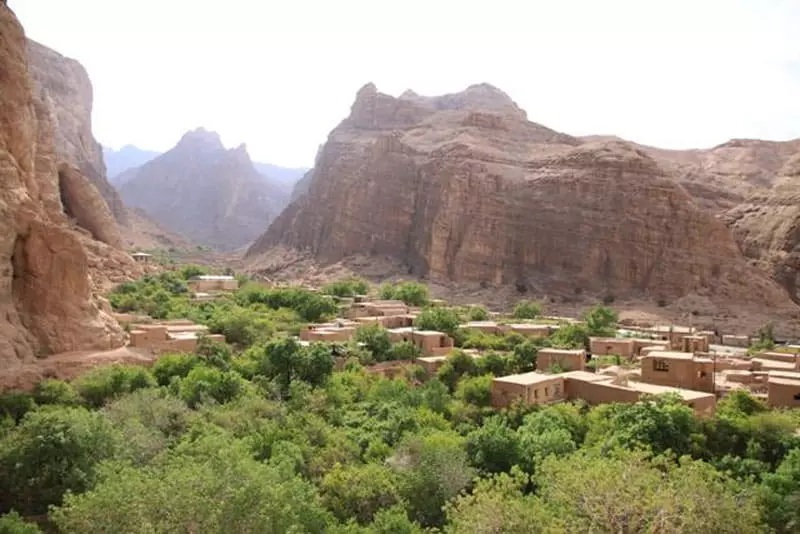




Choose blindless
Red blindless Green blindless Blue blindless Red hard to see Green hard to see Blue hard to see Monochrome Special MonochromeFont size change:
Change word spacing:
Change line height:
Change mouse type:
